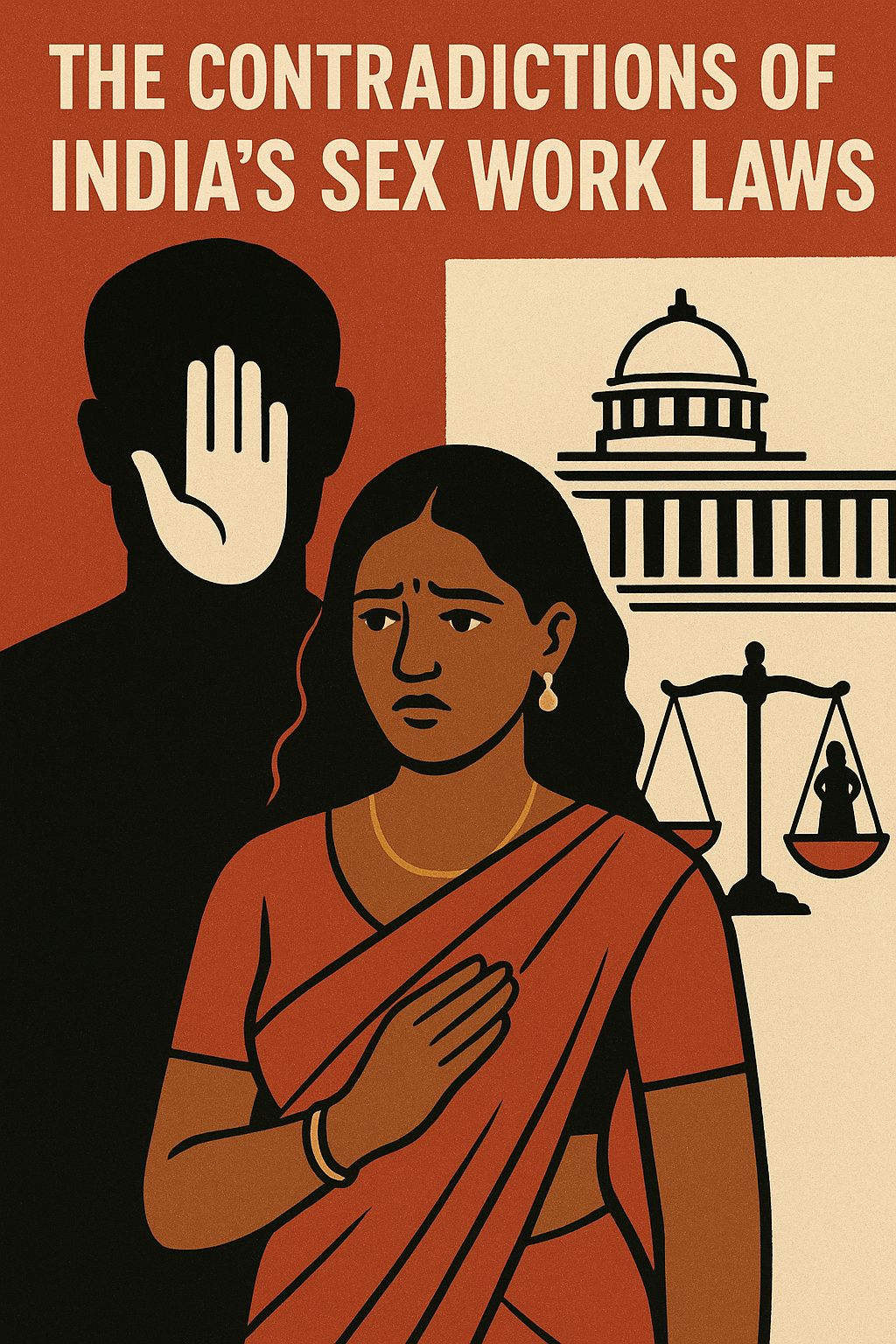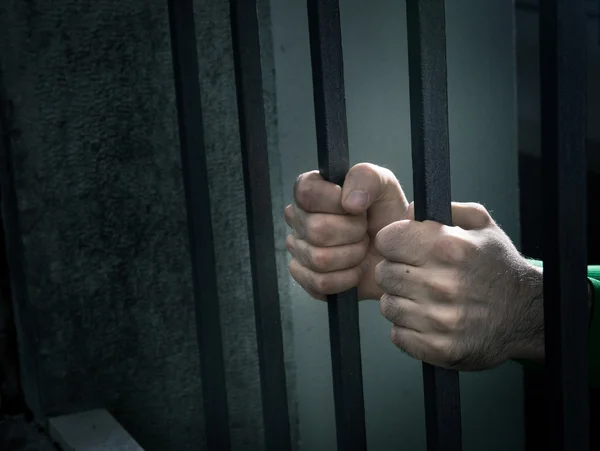



Every society is made up of people with different perspectives on life and ways of living. These distinctions frequently result in different perspectives and behaviors, which might not always benefit society. The ‘Social engineering’ idea of Roscoe Pound places a strong emphasis on controlling individual interests in a way that preserves societal interests while allowing for freedom of action. This is where laws come into play, controlling personal conduct to shield society from harm. Since most inmates serve lengthy sentences, prisons are viewed as institutions for the rehabilitation of offenders. Therefore, the prison system itself must be the starting point for any efforts to effect constructive change. As a result, prison administration is essential to addressing contemporary needs since it makes sure that jails are places of reformation and allow inmates to be released into society without becoming a threat.
“A prisoner must be summoned before the court if their testimony is pertinent to a case that is now underway, as stated in Section 3 of the Prisoners (Attendance in Courts) Act, 1955. In order to accomplish this, the court orders the jail official in charge to produce the prisoner. The officer-in-charge assigns a police guard or escort to take the prisoner to the appropriate court after receiving such an order.”
30,80,940 orders for the production of inmates before courts were issued between 2013 and 2017. However, the lack of police escorts or guards meant that 10,56,785 convicts, or 34% of the total, were not delivered before judges. About 22% of undertrial inmates were not produced in court between 2007 and 2012, depriving them of their right to a judicial hearing. The superintendent of the jail sent requests to the superintendent of police for the production of undertrial convicts just two or three days prior to the planned court date, which resulted in delays.
The district magistrate or an additional district magistrate’s examination of the jails is one possible way to handle the problem of inmates failing to appear in court. It is recommended that these officials supervise the disposition of cases and guard against the needless holding of undertrial inmates for protracted periods of time by conducting inspections either monthly or, in the event of an emergency, every three months. If any delayed cases are found during these inspections, the district magistrate or an additional district magistrate should note any observations in the prison visitor’s book.
“Backlog of Cases: Trial delays are mostly caused by the large number of unresolved cases in Indian courts. The huge amount of cases and inadequate court infrastructure are to blame for this backlog, which makes the legal system sluggish.
Procedural Delays: The trial process may be significantly delayed by a number of procedural difficulties, including repeated adjournments, the filing of several petitions, and the questioning of various witnesses.
Ineffective Investigation: Trial progress may be hampered by a delay in concluding the investigation phase. Undertrial detention periods can be extended by a number of factors, including insufficient funding, improper training for investigators, and procedural flaws in the investigative process.
Inadequate Legal Aid: Trial delays may also result from a lack of access to legal aid resources and services. Trial progress may be hampered by a lack of attorneys, hold-ups in selecting defence attorneys, and insufficient assistance provided to inmates in gathering evidence and preparing their case.”
Custodial rape is a serious risk for women in police detention, especially for immigrant women who don’t have a network of established community contacts. Since these incidents frequently go undetected, it is challenging to estimate the actual prevalence of custodial rape. Rape victims may be punished or shunned, especially in cultures like India where sexual assault is socially stigmatized. The victims who are not married can face rejection from their communities and families, and finding a spouse could be difficult for them.
Particularly important are the reasons that deter reporting of rape in detention. Victims could worry about more reprisals, particularly if the offenders are law enforcement personnel. Furthermore, victims sometimes have little time to report crimes immediately, and if they do report them, they may have to endure further pain in the meantime while their assailants escape punishment or go unpunished.
“Reforms to bail practices have been made in an effort to save people from being detained needlessly. This entails promoting the use of personal recognizance bonds, decreasing the need for monetary bail, and putting risk-based evaluations into place to evaluate if detention is necessary.
Strengthening legal aid services: “Measures are being taken to enhance inmates’ access to legal aid services.” This entails building legal help cells within jails, growing the number of attorneys and legal aid clinics, and extending the accessibility and capability of legal aid institutions.
Rehabilitation and Skill Development: To give inmates the tools they need for a successful transition back into society after release, rehabilitation programs in prisons place a strong emphasis on education, career training, and counseling.
Support for Mental Health: Because mental health is so important, attempts are made to set up mental health units inside jails. For inmates with mental health concerns, trained specialists provide counseling, treatment, and support.
The purpose of the prisoner quarantine rule was originally intended to help inmates become acclimated to prison life and culture. However, because of overcrowding in prisons and the lack of reception units, inmates are placed in environments that undermine the goal of rehabilitation and instead turn it into a race to get out of prison as quickly as possible. In addition to being weak and underrepresented, prisoners lack the autonomy to make their own judgments.
The Board of Visitors has a multifunctional agenda, procedural compliance is also required. Health, hygiene, and security issues pertaining to inmates are handled by the Board of Visitors. In addition, the Board of Visitors represents the inmates. However, based on the data at hand, we can state that the Board of Visitors is still only a theoretical idea that should be given more careful consideration.